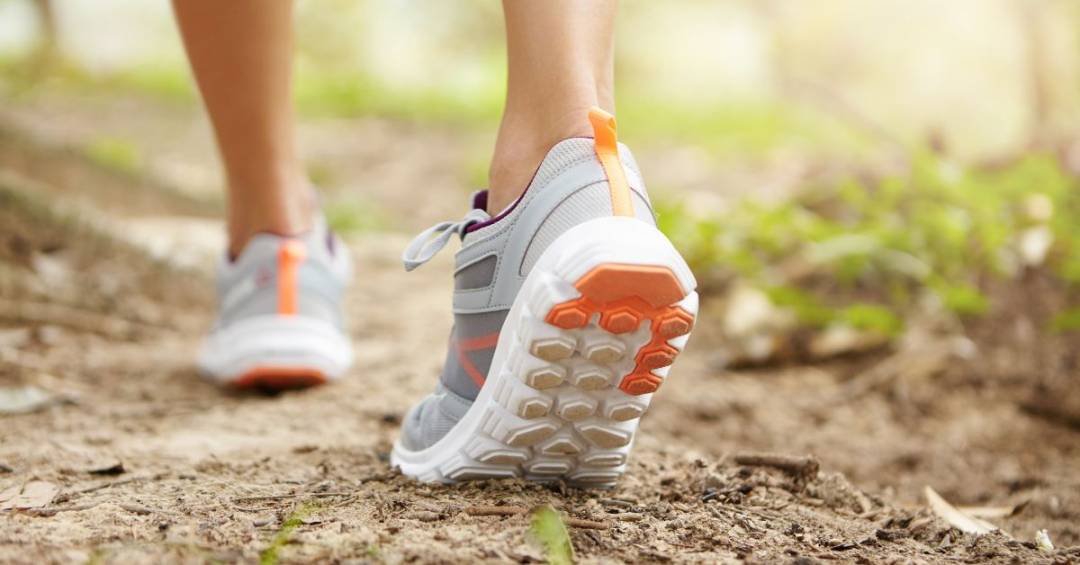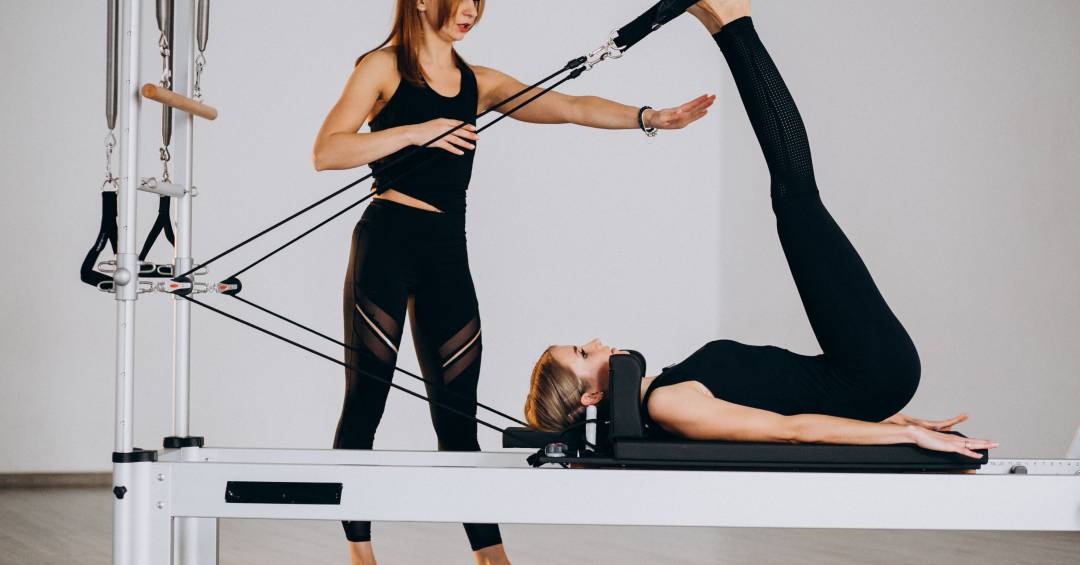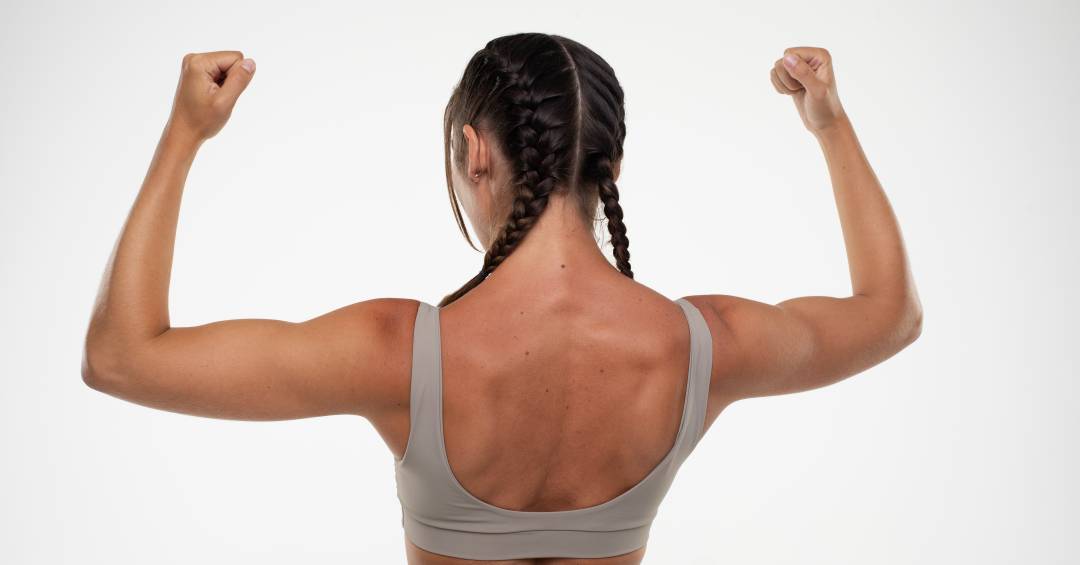

As much as many don't realize it, the way the feet touch the ground can have a significant impact on sports performance and even the risk of injury.
In general, there are three types of footfall – pronated, neutral and supinated, and it is important to know them, especially because, in addition to directly affecting your movements during physical activities, they can influence the choice of the ideal footwear for you.
What are the types of footsteps?
People can present different types of footsteps due to a combination of genetic, mechanical and structural factors.
When we say that the tread is findthis means that when the outside of the heel touches the ground, the foot tends to roll inward. Already in supinatedexactly the opposite happens: the foot rolls out.
A neutralin turn, is considered the healthiest, since, in this type of footfall, the impact is distributed evenly throughout the foot, without overloading any area.
How to find out your walking type?
To be sure of your type of footfall, the best thing to do is consult a healthcare professional to assess your feet in detail and recommend the adequate treatment. However, for a quick and easy at-home test, take a look at your shoes.
Consider whether the soles appear worn evenly or whether they are flatter or smoother on one side than the other. If you notice more wear near the inside of the ball of your foot and big toe, you may have a pronated stride. If the outer edge of the foot, close to the little toe, is flattened, supinated footfall may be to blame.
What are the impacts of a pronated or supinated step?
Pronated walking occurs when instability in the subtalar joint (where the heel and ankle bones meet) causes the foot to curve too far inward. A little pronation – around 15% – is normal and essential, but more than that you may be at risk of problems such as:
- Medial tibial stress syndrome (shin splints);
- Pain and disability in the feet;
- Hip, knee and back pain;
- Achilles tendonitis;
- Plantar fasciitis.
Supination occurs when the foot is positioned too far outward, creating an abnormally high arch in the sole and putting pressure on the little toe. Too much supination can create problems that include:
- Hallux valgus (bunions);
- Ankle sprains;
- Metatarsalgia (pain in the sole of the foot);
- Plantar fasciitis.

